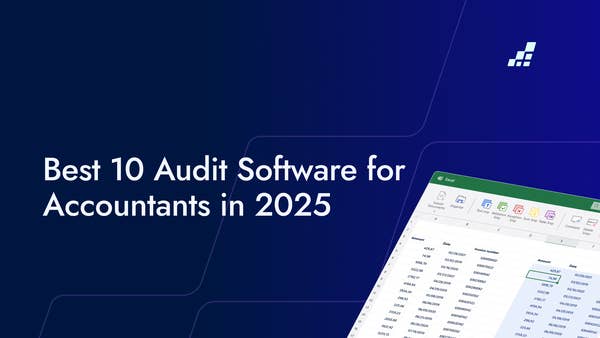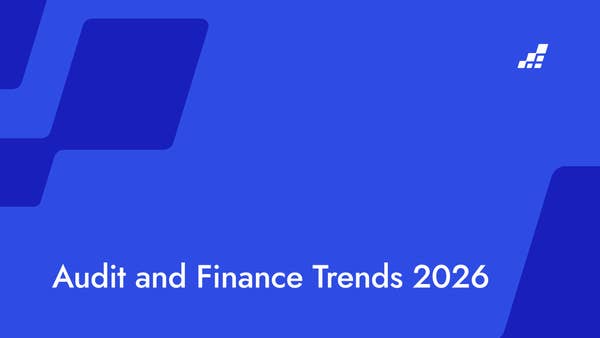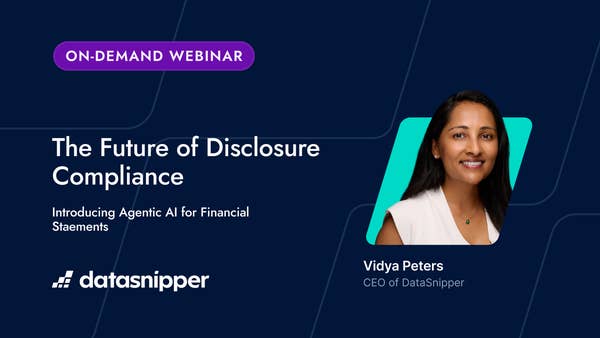- /
- Blog
15 Essential Questions to Ask During an Audit Walkthrough

In this article, we're diving into why audit walkthroughs are so important and giving you the 15 must-ask questions for this part of the process.
The 15 Essential Questions
Now, let's dive into the core of this article – the 15 essential questions to ask during an audit walkthrough. These questions cover various aspects of the company's internal control systems, financial reporting procedures, and compliance with regulatory standards.
Internal Control Systems
- What are the key control activities in place to prevent and detect fraud?
- How are access controls implemented to safeguard sensitive financial information?
- Are there any segregation of duties conflicts that need to be addressed?
- How is the company's risk assessment process conducted?
- Has management identified and documented any significant control deficiencies? How are these deficiencies addressed?
Financial Reporting Procedures
- Can you describe the process of preparing and reviewing financial statements?
- What are the key accounts and significant accounting estimates?
- How are significant transactions recorded, classified, and summarized?
- Are the financial statements prepared in accordance with generally accepted accounting principles?
- What procedures are in place to ensure the accuracy and completeness of financial disclosures?
Compliance with Regulatory Standards
- Are you aware of any potential violations of laws or regulations that could impact the company's financial statements?
- What measures have been implemented to comply with relevant regulatory requirements?
- How does the company monitor changes in accounting standards and regulatory guidelines?
- Is there a process in place to address any non-compliance issues promptly?
- Has the company received any regulatory inquiries or undergone any external audits in the past year?
Interpreting Responses to Audit Questions
As an auditor, it is crucial to interpret the responses to the questions asked during the walkthrough. This involves evaluating the adequacy of control systems and assessing the accuracy of financial reports.
Evaluating the Adequacy of Control Systems
Based on the responses received, auditors should assess the effectiveness of the company's internal control systems. Look for any control weaknesses or gaps that may expose the company to potential risks. Make specific note of any areas that require improvement or corrective actions.
Assessing the Accuracy of Financial Reports
During the walkthrough, auditors should evaluate the accuracy and completeness of the company's financial reporting procedures. Verify if the reported financial information aligns with the documented processes and controls. Identify any discrepancies or inconsistencies that may impact the overall reliability of the financial statements.
Post-Audit Walkthrough Actions
Once the audit walkthrough is complete, auditors should take certain actions to ensure that the findings and recommendations are appropriately communicated and implemented.
Communicating Audit Findings
After the walkthrough, auditors should prepare a detailed report outlining their findings and recommendations. This report should clearly communicate any identified deficiencies or weaknesses in the control environment and provide suggestions for improvement. Present the report to management and discuss the key findings and proposed actions.
Implementing Recommended Changes
It's crucial that the management team doesn't delay – they need to act fast on what's highlighted in the audit report. If the report points out areas that need fixing, it's essential to make those changes quickly. This action will strengthen the company's control system and improve their financial practices.
Conclusion
When it comes to an effective audit walkthrough, the key is asking the right questions at every step. By delving into how the company handles things internally, reports their finances, and follows the rules, auditors can uncover valuable insights and suggestions to make financial management even better. As you ask these questions, pay close attention to the answers. That's how you find areas for improvement.
All in all, a solid audit walkthrough brings a big boost of effectiveness and trustworthiness to the entire audit process. So, it's not just about asking questions – it's about making the audit rock-solid and dependable by understanding the company's inner workings, financial reporting practices, and how well they adhere to the rules.
Walkthroughs with DataSnipper
Learn how to efficiently document your walkthrough audit procedure with DataSnipper's Snips and Smart Search.
FAQs
How do you prepare for a walkthrough audit?
- Review Documentation: Familiarize yourself with relevant policies, procedures, and previous audits to understand the process.
- Define Objectives: Clearly identify what you want to achieve, such as verifying controls or understanding transaction flows.
- Prepare Questions: Develop questions to ask during the walkthrough to probe process execution and control effectiveness.
- Schedule and Identify Personnel: Arrange a suitable time and identify key personnel involved in the process.
- Create a Checklist: List the steps, controls, and compliance points you need to observe.
- Understand Tools and Systems: Get to know any systems or tools used in the process for better assessment.
- Document: Prepare to take detailed notes or recordings during the walkthrough.
- Review Compliance Requirements: Ensure you know any legal or regulatory standards affecting the process.
- Stay Observant: Be ready to notice and note any unexpected issues or insights.



